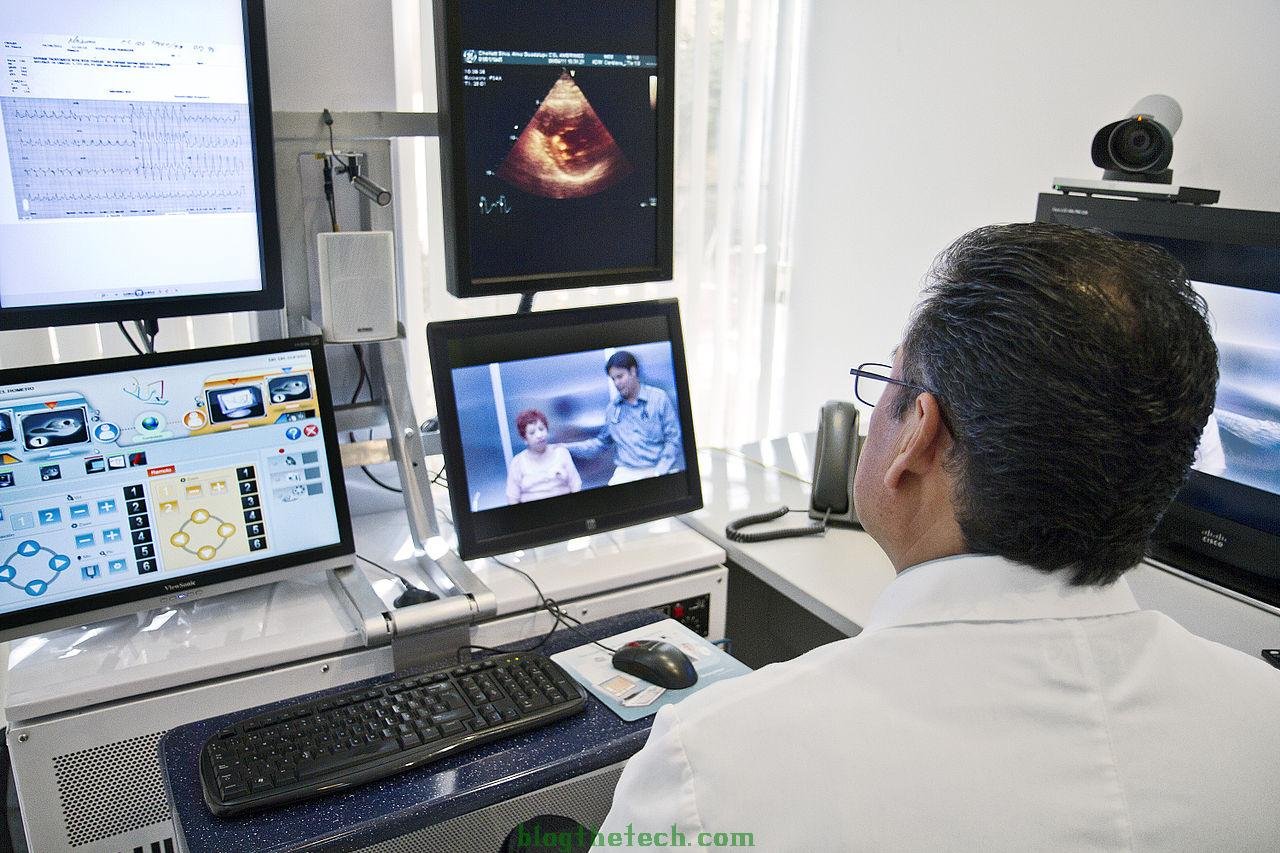The global health crisis now known as the Covid-19 pandemic has brought many unprecedented changes to our daily lives. Although we have all had to face many challenges during this time, healthcare workers and at-risk patients have had to face far greater obstacles than simply social distancing and wearing a mask. For many at-risk patients, sheltering in place is still their new normal. As Covid-19 cases continue to rise, at-risk patients must continue to find ways to mitigate their exposure and maintain their health and well-being.
By using technology like telemedicine and remote patient monitoring (RPM), patients are able to stay connected with their healthcare providers (HCPs) while staying safe at home. Not only does this ensure patient safety, it also conserves the use of personal protective equipment (PPE) that is desperately needed to combat the Covid-19 pandemic. This is especially important in rural communities, where access to healthcare is already limited.
The Importance of Staying Home
Anyone is at risk of contracting Covid-19; however, the CDC has stated that those with certain underlying health conditions are at a much higher risk of a severe Covid-19 case than someone in good health. The most critical underlying conditions include cancer and respiratory diseases. Patients with a combination of these two ailments must be especially cautious. By staying home, at-risk patients reduce their chances of contracting Covid-19 significantly.
One cancer that affects the respiratory region is mesothelioma. Defined as a rare cancer, mesothelioma patients typically have to travel to specialists throughout their treatment process due to the limited understanding of this disease.
However, using virtual healthcare, many patients are now given the ability to be seen from the safety of their homes. On average a mesothelioma patient’s life expectancy ranges between 12 to 21 months. With such a severe prognosis, having the ability to attend every doctor’s appointment to stay ahead of treatment options is pertinent in a global health crisis such as this one.
With these remote patient monitoring capabilities, physicians are also able to write prescriptions, making it easier for patients to get refills of essential medications without having to arrange a doctor’s appointment. As telemedicine and RPM become necessities for at-risk patients, it’s pertinent that regulations be put in place to protect sensitive patient data.
Receiving Care While Sheltering In Place
If your HCP offers telehealth, your questions and concerns can be answered promptly, without having to go in for an appointment. You can also log important information like your diet day-to-day, track your medication schedule, and even access your patient portal. Telehealth can make healthcare accessible to patients in even the most isolated communities, where the nearest hospital may be an hour’s drive or more.
Utilizing telemedicine is a way to ensure your needs are met and that you’re not sacrificing care to shelter in place. Remote patient monitoring has been made easy with the Internet of Things (IoT). Being able to monitor a patient’s heart, continuous observation of vital signs and even sleep monitors are just a few ways the IoT is revolutionizing remote patient care. One way that RPM has transformed patient care is the use of the pacemaker. The ability to remotely monitor a patient’s heart rate is an incredible advancement in cardiatric care.
For patients with severe respiratory diseases, such as COPD and asthma, air quality sensors can be the difference between a comfortable living situation and a dangerous environment. If a patient suffering from COPD was continuously exposed to mold or other toxins in their own home, they may not even be aware of their exposure. In turn, their physician may not be either.
A patient’s medication may not be working to alleviate symptoms because of this poor air quality at home. With air quality sensors, healthcare providers would be able to determine this as a factor and improve the patient’s quality of life significantly. This is especially true if these patients are remaining isolated and not making regular trips to the doctor.
Remote Care Is Transformative
The impacts that telemedicine and RPM capabilities have for at-risk patients that are sheltering in place are profound. Bringing greater access to healthcare is transformative for many patients, but it can also bring new vulnerabilities to their care that must be assessed.
By determining who is responsible for security measures in remote care, patients, physicians, and device designers alike can know their role in maintaining patient data security. Regardless, during the current rise in Covid-19 cases, telemedicine options are likely saving countless lives. Telemedicine will continue to transform access to healthcare and reverberate through rural towns and isolated communities around the world.

